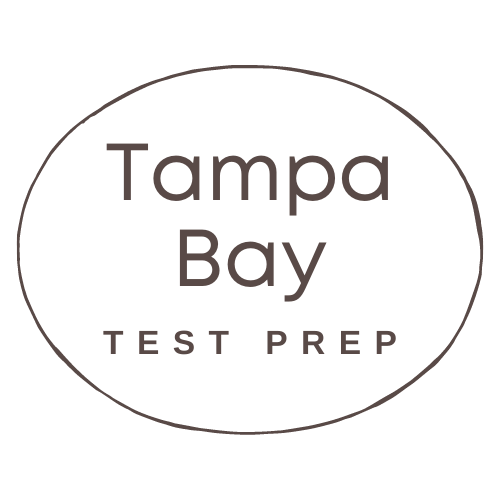Math and art are two subjects that may seem very different, but they actually have a lot in common. Both involve creativity, logic, patterns, shapes, and spatial reasoning. There are lots of ways to integrate math and art.
One way to integrate math and art in the classroom is by using tangrams.
What are tangrams?
Tangrams are a set of seven geometric shapes that can be arranged to form different figures. The shapes are a square, a parallelogram, and five triangles of different sizes. The tangram puzzle originated in China and became popular in Europe in the 19th century.
How to use tangrams?
Tangrams are a great way to introduce students to shapes and their properties.
You can have the students put the shapes together to make pictures of animals, people, objects, or anything they can imagine. Or they can fill in the patterns with the shapes given.
They can do this activity individually or as a group. You can also challenge them to use all seven pieces or only a few.
Using tangrams can help students develop their spatial awareness, problem-solving skills, and creativity.
By rotating and flipping the shapes, they can also learn about concepts such as symmetry, congruence, similarity, angles, fractions, and area.
Extend their understanding by asking different questions about what they know:
- Which shape is larger?
- Which pieces have the same shapes but different sizes?
- Which pieces have the same angles?
- How many of the small triangles fit into the square? the parallelogram? or the large triangle?
Get our tangram activity here:
Other math and art activities
Tangrams are not the only way to combine math and art. Here are some other activities that you can try with your students:
- Klein bottles: A Klein bottle is a 3D shape that does not have an inside or an outside. It is like a twisted torus that passes through itself. You can make a paper model of a Klein bottle by following these instructions. You can also watch this video to see how a glassblower makes a real Klein bottle.
- Mobius strips: A Mobius strip is a 2D surface that has only one side and one edge. It is like a twisted loop that joins its ends. You can make a Mobius strip by taking a strip of paper, giving it a half-twist, and taping the ends together. You can then experiment with cutting or drawing on the Mobius strip and see what happens.
- Snowflake cutouts: Snowflake cutouts are a fun way to explore symmetry, patterns, angles, and fractions. You can make your own snowflakes by folding a square piece of paper in half several times and cutting out shapes along the edges. Then you can unfold the paper and see the result. You can also compare different snowflakes and see how they are similar or different. Here’s how you can get started!
- Candy cubes: You can use marshmallows or other soft items to build cubes and other 3D shapes. This helps students with visualization and understanding of volume and surface area. You can also introduce them to the concept of nets, which are 2D patterns that can be folded into 3D shapes.
- Paper nets: These 2D shapes that can be folded into 3D shapes. You can learn about 3D shapes such as cubes, pyramids, prisms, and cylinders by making paper models of them. You can also learn about concepts such as faces, edges, vertices, surface area, and volume. You can find printable paper nets online or make your own by drawing them on paper. Grab our free activity here.
- Tessellations: Tessellations are patterns made of repeating shapes that cover a plane without gaps or overlaps. You can create tessellations by using regular polygons (such as triangles, squares, or hexagons) or irregular shapes (such as animals or letters). You can also explore how transformations (such as rotations, reflections, or translations) affect tessellations.
- M.C. Escher’s art: M.C. Escher was a Dutch artist who created many fascinating works of art that involved math concepts such as symmetry, perspective, infinity, and geometry. His art often features optical illusions, impossible figures, and recursive patterns. You can look at some of his artworks online and try to recreate them or make your own versions.
Math and art are both wonderful ways to express yourself and explore the world around you. By using tangrams and other activities, you can help your students discover the beauty and fun of both subjects.






